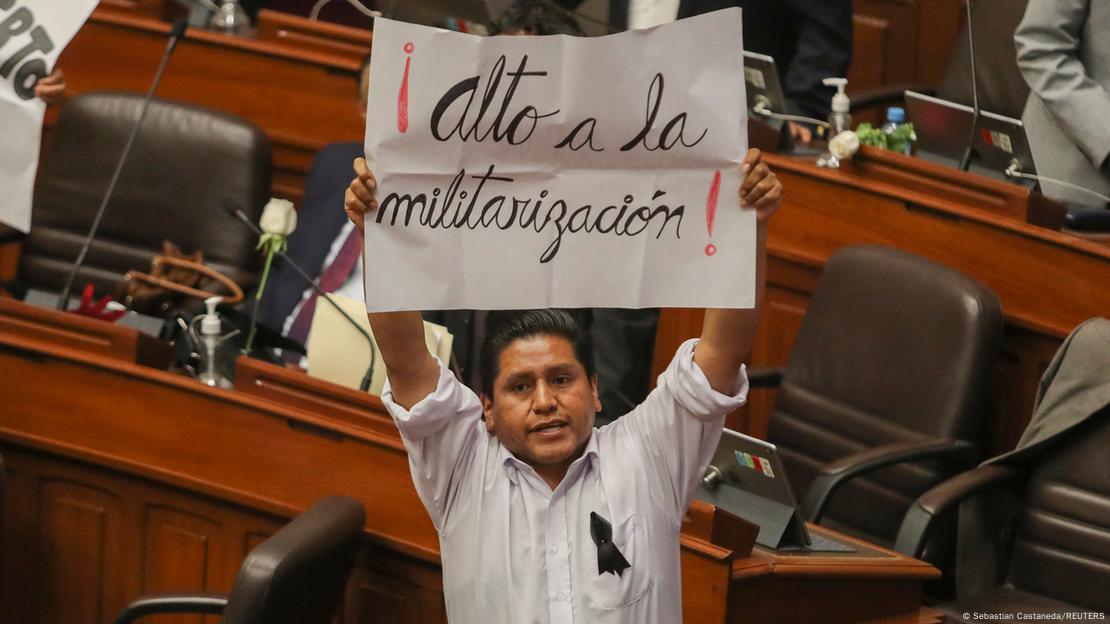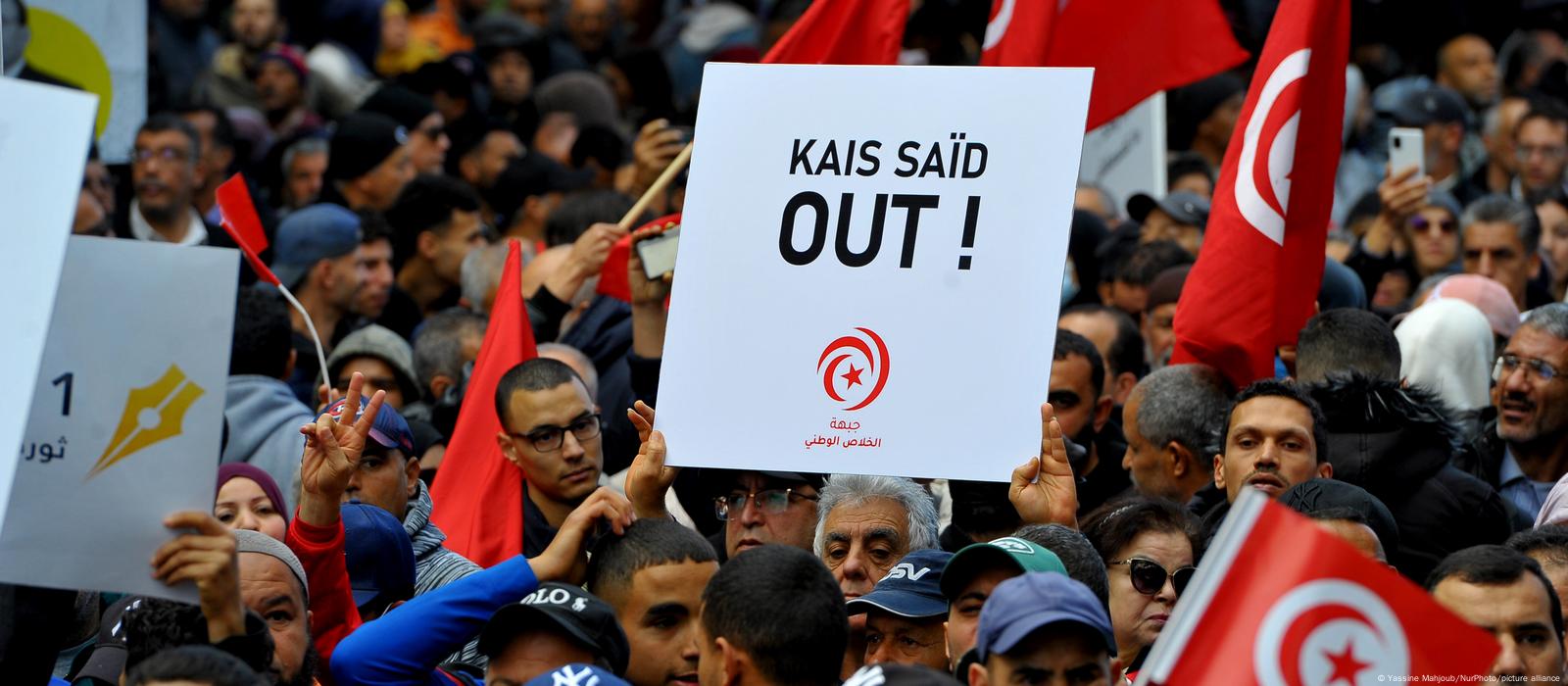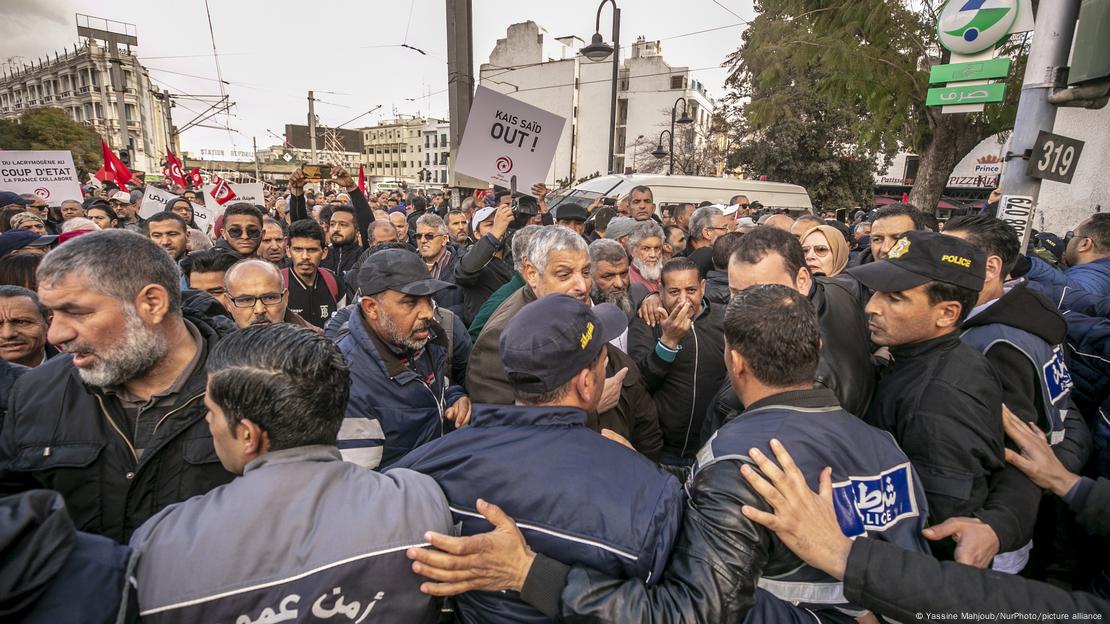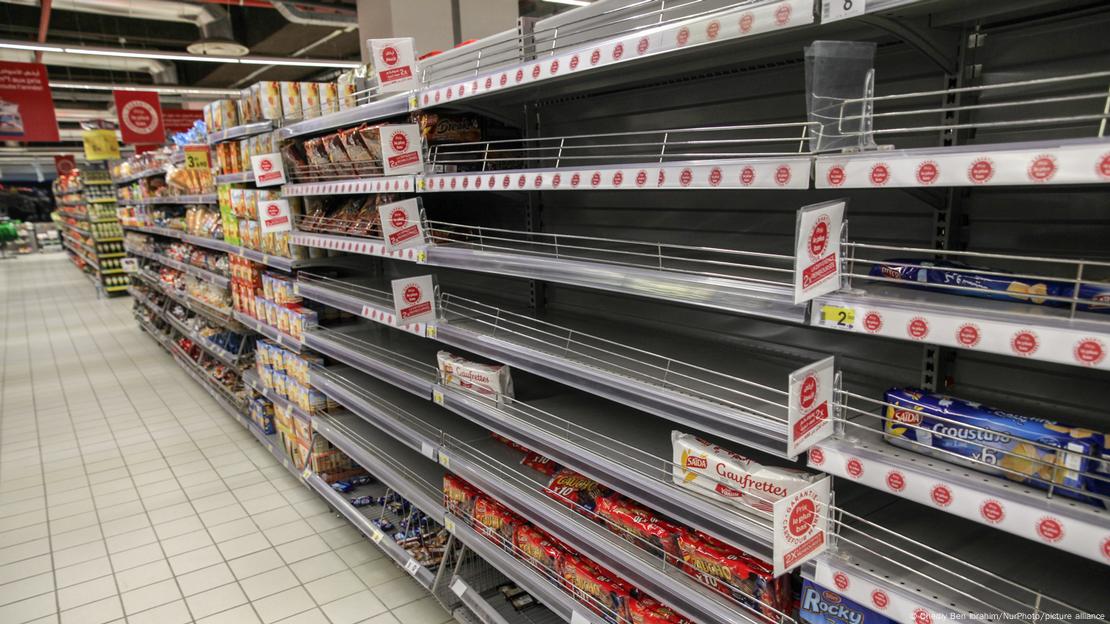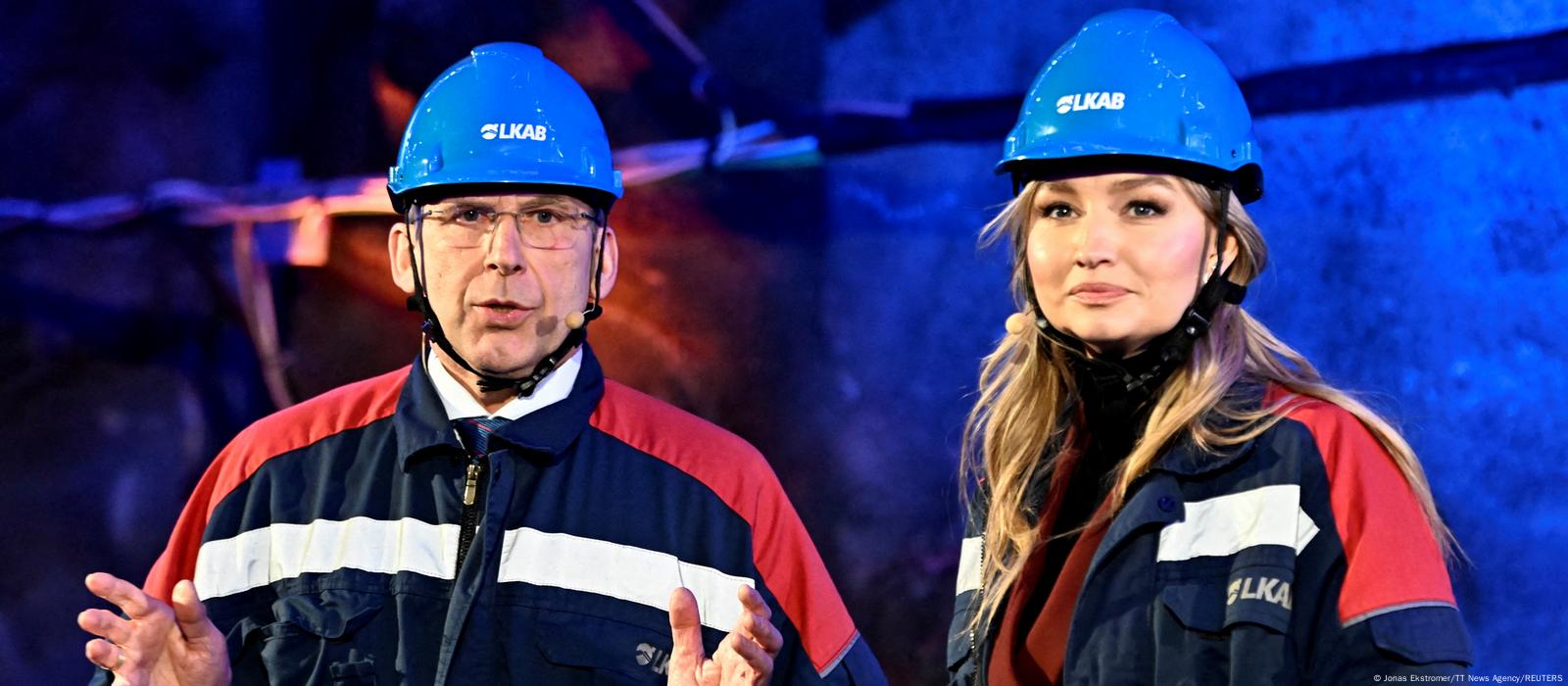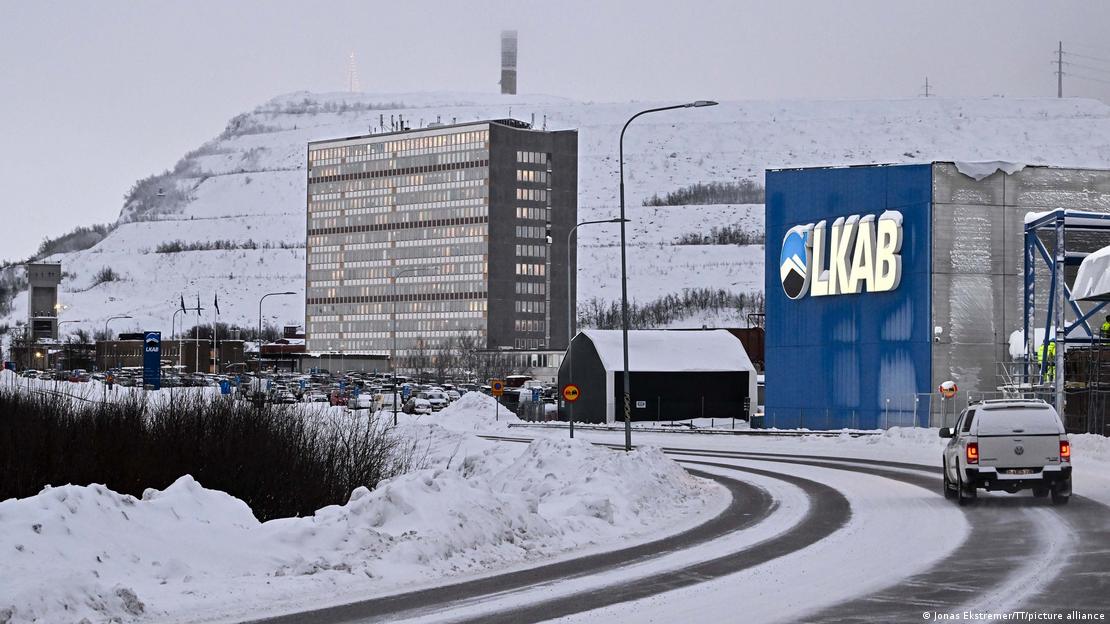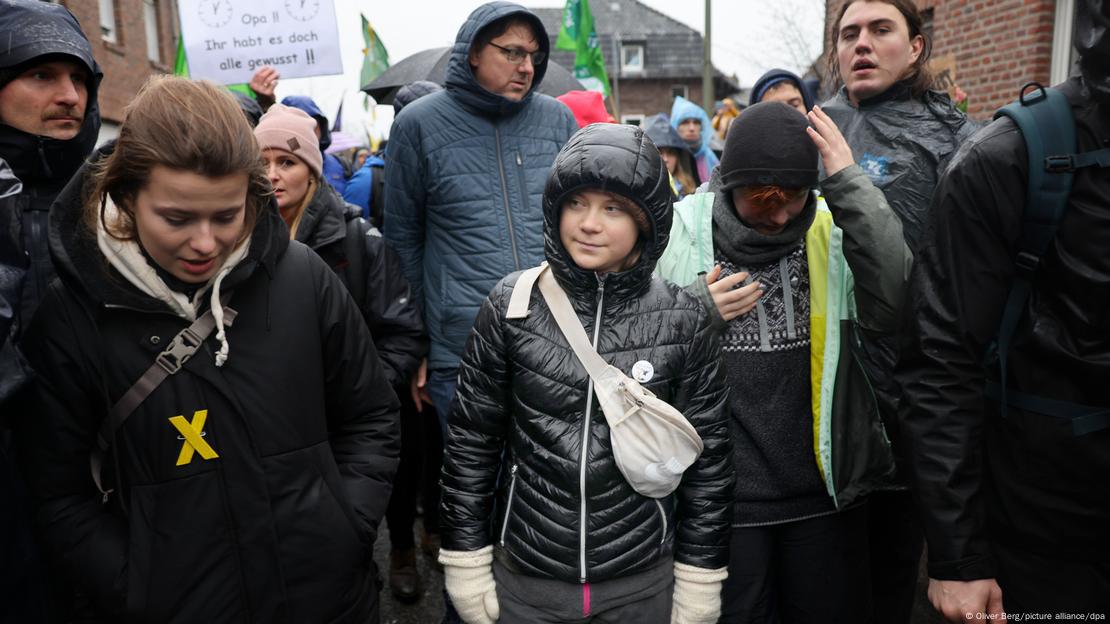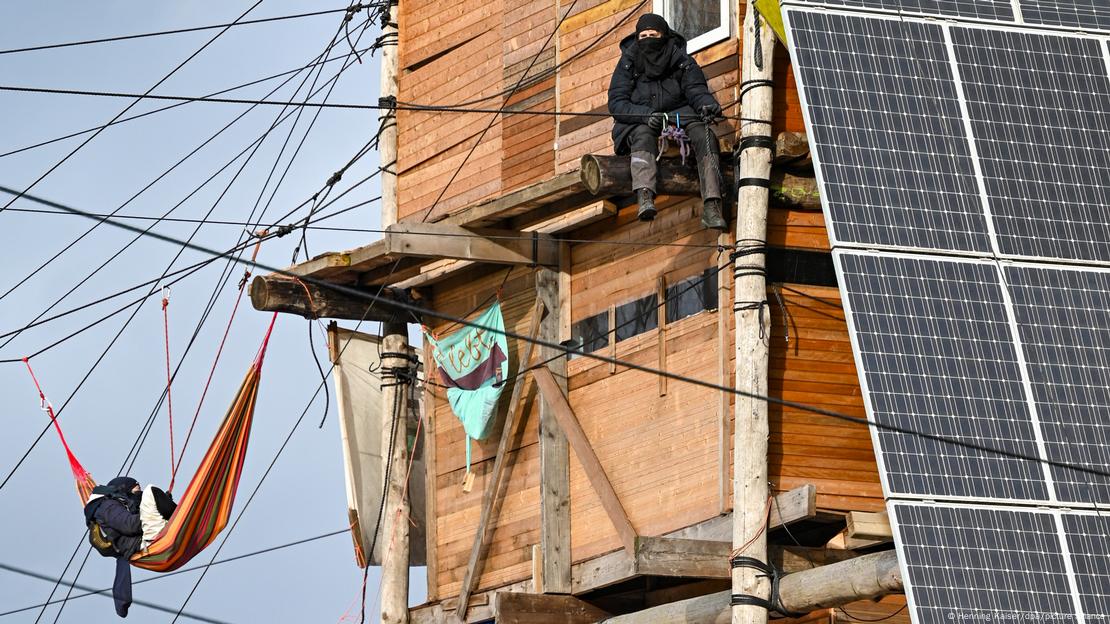More than 20 Iranians are currently on death row on charges related to anti-government protests, according to Amnesty International. © FRANCE 24
Text by: Cyrielle CABOT
Since anti-regime demonstrations erupted following the September 16 death in custody of Mahsa Amini, Iranian authorities have executed four young men and sentenced several others to death on charges relating to the protest movement. FRANCE 24 profiles some of the people executed or on death row in Iran’s latest state-sponsored killing spree.
The Islamic Republic of Iran has long been one of the world’s top executioners, but in recent months, the number of death sentences handed and carried out have triggered warnings that the state is “weaponising” the death penalty to crush dissent.
In a press release published January 10, 2023, UN High Commissioner for Human Rights Volker Turk noted that criminal proceedings and the death penalty were being “weaponised by the Iranian Government to punish individuals participating in protests and to strike fear into the population so as to stamp out dissent, in violation of international human rights law”.
Between December 8, 2022 and January 7, 2023, four young people were executed on capital charges in connection with their participation in the protest movement sparked by the September 16 death of Mahsa Amini in custody.
Amini, 22, was arrested in Tehran by Iran’s morality police for improperly wearing her hijab. Iranian authorities claim she died of an illness, her family says she died from blows sustained during detention.
The first of the four executions – that of Mohsen Shekari – was carried out on December 8. Four days later, Majdireza Rahanavard was executed only 23 days after his arrest on November 19. On January 7, Mohammad Mehdi Karami and Mohammad Hosseini were executed. “All were executed secretly without their families being informed,” according to the UN human rights commissioner.
In a November 11, 2022 report detailing 21 death row cases, Amnesty International said the legal proceedings in all the cases were “grossly unfair” and in violation of numerous rights, including access to lawyers and the right to be protected from torture.
“The trials of those who are facing capital charges related to protests have been a total travesty of justice,” said Tara Sepehri Far, senior Iran researcher at Human Rights Watch, with proceedings that “bypass safeguards in Iran’s own penal code and criminal procedure law”.
Here are some profiles of the people executed or sentenced to death on charges related to their participation in anti-regime protests.
EXECUTED
Mohsen Shekari, 23, executed December 8, 2022
Mohsen Shekari was the first death row inmate to be executed since protests erupted following Mahsa Amini’s death.
He was accused of stabbing a member of the Basij – a paramilitary unit operating under the Islamic Revolutionary Guards Corps (IRGC) –and of blocking traffic on an avenue in Tehran during a demonstration on September 25.
Shekari was hanged on December 8 in great secrecy, less than three months after his arrest.
Originally from Tehran, the young man was employed in a café in a trendy district of the capital city. A music enthusiast, Shekari’s social media posts often featured him dressed in baggy jeans with scarves wrapped around his head and wrists.
In a video clip widely shared after his execution, Shekari, accompanied by a guitar, is seen singing in what appears to be a café. "I now have only one wish, it is to see you one last time," he sings. "You are my lone star."
According to the opposition website, 1500tasvir, his family was waiting for the launch of an appeal process and had not heard from him when they learned the Islamic Republic had “unexpectedly executed him”. Under Iranian law, defendants have 20 days to appeal a death sentence. In a video released shortly after his death was announced, his mother screams on the street, unable to contain her shock.
Majidreza Rahnavard, 23, executed December 12, 2022
After Mohsen Shekari, Majidreza Rahnavard, 23, was hanged at dawn on December 12, only 23 days after his arrest. He was accused of stabbing to death two members of the security forces and wounding four others.
Within hours of his execution, state media broadcast images showing the young man, his hands bound behind his back, hanging from a cable attached to a crane in a square in the northeastern city of Mashhad.
The judiciary's Mizan news agency said Rahnavard was hanged "in the presence of a group of Mashhadi citizens. It was unclear how many were present at the public hanging and who they were.
His mother was not told of the execution until after his death. His family was then given the name of a cemetery and a plot number. When they turned up, security agents were burying his body.
Before his trial, the official media broadcast videos of him giving a “forced confession”. In the videos, Rahnavard’s left arm is “heavily bandaged, raising serious concerns that he may have been tortured,” said Amnesty International.
According to his relatives, Rahnavard worked in a women's clothing and shoe store in Mashhad and was an avid wrestler, a revered sport in Iran.
Mohammad Mehdi Karami, 22, executed January 7, 2023
Mohammad Mehdi Karami, 22, a national karate champion, was executed on January 7 in Karaj, a satellite city of Tehran.
He was also accused of killing a Basij militia member during a demonstration in Karaj, located about an hour from Tehran. He was sentenced to death a month after his arrest by the Karaj Revolutionary Court in a mass trial.
Originally from Iran’s northwestern Kurdistan region, the Karami family had moved to Karaj to work.
In an audio interview posted online, Karami's father said he was a street vendor who sells napkins and had invested his life savings to help his son, a karate champion and coach for children, realise his athletic dreams.
"My son is a karate champion. He has won several medals in national competitions,” testified his father.
A photo of Karami circulating on social media showed the young, athletic man a tattoo of the Olympic rings on his arm. His family said he dreamed of making it to the Olympics, and the tattoo was for inspiration.
Karami’s parents had camped outside the prison where they had heard their son might be executed and had begged prison officials for a last visit but were denied, according to Iranian news reports.
Sayed Mohammad Hosseini, 39, executed January 7
Sayed Mohammad Hosseini, 39, a worker at a poultry plant, was also executed in Karaj at the same time as karate champion Mohammad Mehdi Karami, and on the same charges.
Very little personal information is available about Hosseini. His parents were both dead, according to Iranian news media. At his trial, the 39-year-old worker said he was on his way to the cemetery to visit his parents’ graves when he was caught in protest traffic and clashes that resulted in the death of the Basij member.
"The knife I had on me was meant for planting flowers and plants around their graves," his lawyer quoted his client as saying.
Hosseini’s lawyer, Ali Sharifzadeh Zakani, tweeted that he had filed an appeal of the sentence on January 4 and was told by the authorities to come back on January 7, to register the appeal.
His client was killed before an appeal could be registered.
“Why such a hurry? You could have at least allowed one more review of the case,” he said in a tweet.
Zakani had said earlier that his client had been severely tortured in detention. "He was kicked in the head and fell unconscious. He was hit with an iron bar on the soles of his feet and received electric shocks on different parts of his body," he wrote.
ON DEATH ROW:
Mohammad Boroughani, 19, sentenced to death
Mohammad Boroughani was arrested in Pakdasht, an industrial city southeast of Tehran. Iranian authorities have described him as the "leader of the riots" Pakdasht. He is also accused of stabbing a government official, brandishing a machete and setting fire to the governor's building.
"I went out on the street because of an Instagram story my friend posted. I don't know anything about politics," said the 19 year-old at his trial, according to Iran's Tasnim news agency.
Little information is known about his family and background. Boroughani’s father earns a living by collecting and selling scrap metal, according to Iranian media reports. The teenager had been working in a subcontracting company for two years, according to the reports.
Boroughani’s death sentence was confirmed on January 2, raising fears that his execution was imminent. However, on January 8, to prevent his execution, a crowd of Iranians gathered in front of the Rajaï Chahr prison in Karaj, where he is being held.
Mohammad Ghobadlou, 22, sentenced to death
Mohammad Ghobadlou was arrested in Tehran on September 22 and is accused of running over police officers with a car, killing one and injuring several others. He was detained with Mohammad Boroughani and was also sentenced to death.
The young man worked in a hairdressing salon in the capital before his arrest, according to his family. In a video posted on social networks on November 1, his mother explained that her son is also bipolar and that he had been denied access to his medication for weeks.
More than a month later, a group of psychiatrists published an open letter addressed to the judicial authorities, urging them to take a closer look at the detainee's mental health and to analyse the impact this may have had on his judgment during the protests.
His lawyer also filed an application with the Supreme Court for judicial review of his case. However, his death sentence was confirmed by the judiciary on December 24.
Hamid Ghare-Hassanlou, 53, sentenced to death
Hamid Ghare Hassanlou and his wife, Farzaneh © Iran Human rights
Hamid Ghare-Hassanlou, a doctor and radiologist, was sentenced to death on December 7 in Karaj. His wife, Farzaneh, was sentenced to 25 years in Ahvaz prison in southern Iran.
According to Amnesty International, the couple had attended a ceremony in early November to mark the 40th day after the death of Hadis Najafi, who was killed during a demonstration. On their way home, Ghare-Hassanlou and his wife were reportedly stopped in Karaj, near a place where a militiaman had just been killed. According to the NGO, the judicial authorities tortured the doctor to obtain false confessions and forced his wife, under torture, to testify against him.
Hamid Ghare-Hassanlou is known for having worked for a long time in disadvantaged areas. In addition to his work as a radiologist, he treated patients voluntarily at a public clinic and helped build schools, according to online publications relayed by the Iranian medical community abroad.
In an online petition by physicians and healthcare professions addressed to Iranian judicial authorities, Ghare-Hassanlou is described as a “compassionate physician in good standing with more than 26 years of experience as a radiologist”.
On January 3, the judiciary announced that it had overturned the verdict against the radiologist, citing flaws in the investigation. However, the case was sent back to court and the same charges are still pending against him.
Hossein Mohammadi, 26, sentenced to death
Hossein Mohammadi was arrested on November 5 in Karaj, accused of killing a member of the Basij. He is a theater actor, poet and singer who has appeared in several short films and plays in Iran.
Mohammadi's friends and colleagues said he was arrested at his home. That same night, he called his family and said that he would be released soon after "the misunderstanding is resolved." The family only found out later that he had been sentenced to death on December 8.
Mohammadi’s case, along with four others, was decided after just three court hearings spread over six days.
Several actors and directors have protested his arrest and sentencing, including French actress Juliette Binoche, who posted a video of Mohammadi with the message, "No to executions in Iran. No to the death penalty."
Iranian judicial authorities overturned his death sentence in early January, citing flaws in the investigation. However, like the case of Ghare-Hassanlou, Mohammadi’s case was sent back for a retrial. He is still at risk of execution.
Sahand Nourmohammad-Zadeh, 26, sentenced to death
Sahand Nourmohammad-Zadeh was arrested on September 23 in Tehran for burning a garbage can and tires and destroying highway safety barriers during a demonstration. In a conversation with his family released by the BBC’s Persian service, the 26-year-old man asserted however that he had only "kicked a trash can" and had moved "already damaged barriers".
A weightlifter, Nourmohammad-Zadeh has won numerous medals in national competitions, according to local media. Before the protests began, the sportsman also worked in a jewelry store at a Tehran shopping mall. Hundreds of his colleagues have signed a petition claiming his innocence.
In a video, his two grandmothers call on the Iranian justice system to release him and drop the charges against him. "We are two old desperate women who beg you to forgive him", says one of them.
Saman Seydi, 24 years old, sentenced to death
Saman Seydi, also known by his stage name Yasin, is a singer-songwriter of Kurdish origin. He was arrested on October 2 in Tehran, accused of being in possession of a firearm and firing three shots in the air during a demonstration.
The young man, who lived with his parents and two sisters, regularly posted videos featuring his songs on his Instagram page. The texts, mostly in Kurdish, often referred to the discrimination against the Kurdish minority in Iran. When protests erupted following the death of Mahsa Amini, who was also Kurdish, Seydi wrote several songs supporting the protest movement.
In a video posted on social networks, his mother insisted, "my son is an artist, my son is not a rioter".
Manouchehr Mehman Navaz, 45, sentenced to death
Manouchehr Mehman Navaz, arrested on September 25 in the suburbs of Tehran, is accused of setting fire to a government building and several cars as well as attacking a security guard's post with Molotov cocktails. Judicial authorities have requested that he be hanged in public at the same location as the fire.
Very little information is available about him. He is married and has two teenage daughters, according to the Norwegian based NGO Iran Human Rights, which registers death sentences in Iran.
According to Amnesty International, other individuals, for whom information is missing, are currently on death row. Among them is Saleh Mirhashemi Baltaghi, a 36-year-old karate champion and trainer, convicted of participating in an attack in the city of Isfahan during a protest in mid-November, according to Mizan Online. But also "Abolfazl Mehri, Hossein Hajilou, Saeed Shirazi, Hajar Hamidi, Akbar Ghafari, Mohsen Rezazadeh Gharagholou, Toomaj Salehi, Amir Nasr Azadani, Ebrahim Rigi, Farzad and Farhad Tahazadeh, Karwan Shahiparvaneh, Reza Eslamdoost, and Shahram Marouf," the NGO lists.
(This is a translation of the original in French.)













